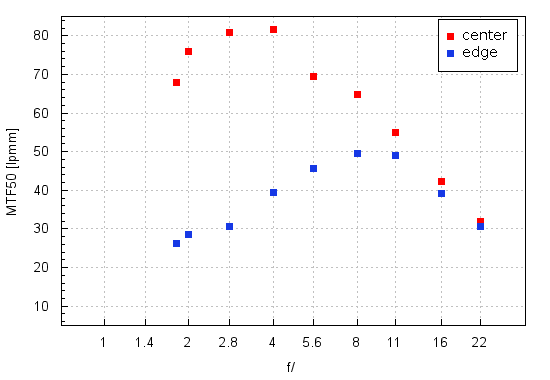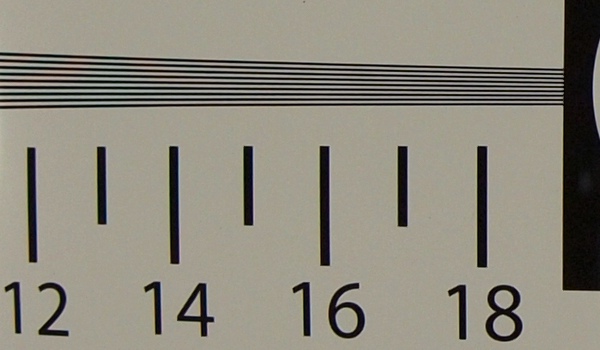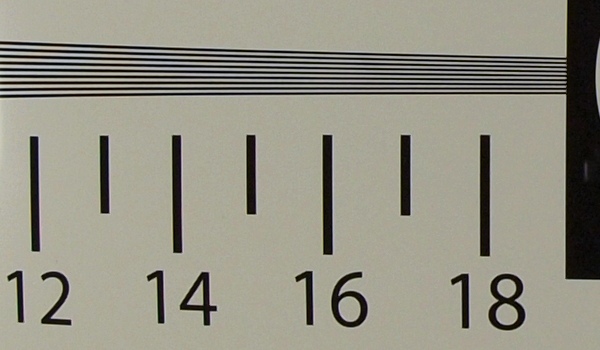Olympus M.Zuiko Digital 8 mm f/1.8 ED PRO Fisheye
4. Image resolution
Let’s glance at the graph below and see how the tested lens compares here.

Please Support UsIf you enjoy our reviews and articles, and you want us to continue our work please, support our website by donating through PayPal. The funds are going to be used for paying our editorial team, renting servers, and equipping our testing studio; only that way we will be able to continue providing you interesting content for free. |
- - - - - - - - - - - - - - - - - - - - - - - - - - - - - - - - - - - - - - - - - - - - - - - -
If any lens is able to exceed 80 lpmm on such a small sensor you can only clap and cheer. The Olympus 1.8/8 doesn’t have any problems with exceeding that value and its performance by f/2.8 and f/4.0 is actually close to the records. Also at the maximum relative aperture the lens fares excellently well as its MTFs approached a very high value of 70 lpmm.
Compare it to the Samyang 7.5 mm f/3.5 UMC Fish-eye MFT, so praised by us, which near f/4.0 had a result a tad below 80 lpmm so was a bit weaker.
How to interpret the performance of the Olympus 1.8/8 on the edge of the frame? At first glance you might be inclined to say it is weak because after all the instrument do demand closing down to f/5.6 in order to produce decent results. However such a conclusion wouldn’t be fair; it’s enough to consult the photos taken by the tested lens in which the edge of the frame looks good already near the maximum relative aperture.
The trouble is that, in order to test a fisheye lens property we should have a testing chart in a form of a sector of a sphere. When you take photos of a flat chart from a short distance the edge often looks badly, with the results depending on the distance from the photographed object and the reproduction you use.
Traditionally we end this chapter by presenting crops taken from the frame centre of our testing scene photos. It should be reminded that these are JPEG files straight from the camera which were saved along with RAW files, described above.
| Olympus E-PL1, JPEG, f/1.8 |
 |
| Olympus E-PL1, JPEG, f/4.0 |
 |






